ESG Season (CSRD season?) Kicks Off – plus it's GTG Links 59 feat. mobile phone charger research and climate-friendly whales

If you've been following the news around corporate sustainability rules you'll probably be aware that the European Union's Corporate Sustainability Reporting Directive (CSRD) has started to require particularly large companies to undertake an extensive new reporting process this year.
The first out of the blocks for the games industry in terms of CSRD reporting (that I've seen) is CDProjektRED. Let's take a bit of a tour through some of the key elements of the new report.
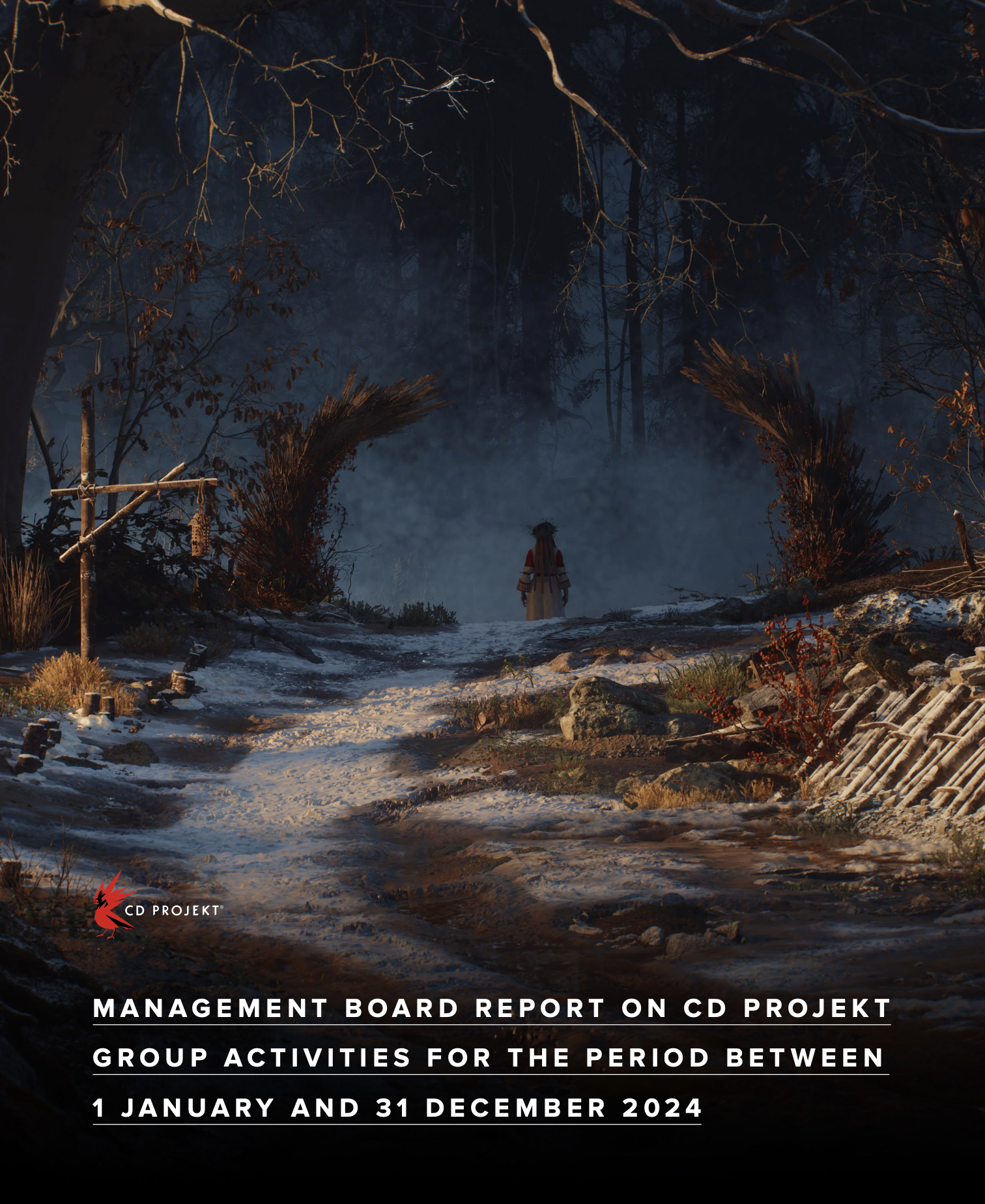
The first part of this chunky new piece of disclosure I want to highlight is a detailed "transition plan" (p.96-7) which, to boil it down to the essence, involves measuring emissions and identifying ways to reduce them. Targets are planned for Scopes 1 & 2 emissions, and here's some more context about the nature of the challenge:
The structure of Scope 1 and 2 GHG emissions guides our reduction activities – both those already underway and those which are being planned. Given our plans to further expand our Warsaw campus, we expect an increase in our demand for energy, which will also result in increased Scope 2 emissions. The Group’s main decarbonization lever is electrical energy (with an estimated contribution of 95%), which is why work to reduce emissions associated with purchases of such energy, increase the share of electrical energy from renewable sources in our total energy consumption, improve the energy efficiency of buildings which are our property, and further expand the solar panels at our Warsaw campus. Another notable contribution to the Group’s Scope 2 carbon footprint relates to use of thermal energy. Given our limited ability to alter the means by which our buildings are heated (i.e. the municipal heating grid) as well as lack of influence upon emissions produced by the supplier of thermal energy, our reduction goals will be pursued, among others, by modernizing our existing infrastructure, reducing reliance on heating and deploying modern technologies for intelligent management of heat consumption at our new office building. The estimated contribution of this decarbonization lever is 5%.
The recent announcement (back in January I think) of a Power Purchase Agreement will also help.
The next thing to check out is a newly expanded climate risk analysis summary, which I am hugely excited by as it really raises the bar.
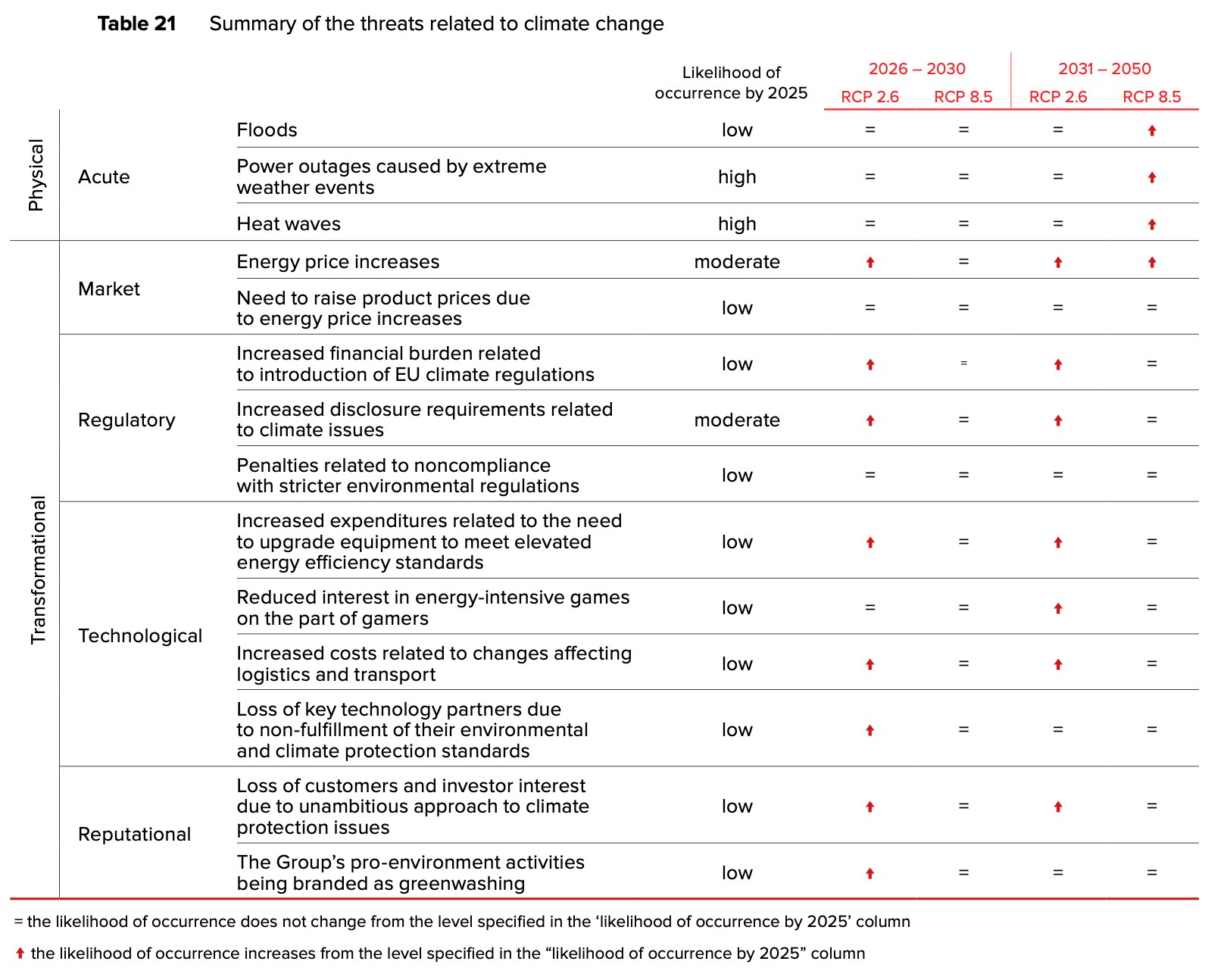
Right afterwards is an extended disclosure of the physical risk evaluation they've carried out and what it means for their campus – again, this sets a new gold standard for understanding the future impacts of climate on the games industry:
According to the provisions of the local climate change adaptation plan, Praga Północ [the location of CDPR's campus] is characterized by an elevated risk of flooding. We have analyzed the threat of river flooding based on flood threat maps available on Hydroportal. Taking into account the flood scenarios listed therein, along with the technical characteristics of our buildings (entrance elevation), we regard this as a low-probability event. On the other hand, the threat of flash flooding is seen as more likely, and we have worked out suitable adaptation plans. It should also be noted that the CD PROJEKT campus is situated in the Warsaw urban heat island (UHI) zone, which results in an increasing frequency of heat waves. Prolonged heat waves or other severe weather phenomena may cause power outages, and we regard the likelihood of materialization of this threat as “high”.
ESG investors (and smart investors generally) will be quite pleased to hear that, as should CDPR employees. I hope the rest of the industry takes note! (In the interests of full disclosure – I've previously done some work for CDPR on the topic of climate risk but much more limited than this)
OK – the all-important question remains: What's been happening in terms of emissions form 2023-24? CDPR provides a table of emissions for the entire group (which also includes GOG.com) and CDPR S.A. (I think just the main game development business).
Group results are unfortunately a bit underwhelming – Scope 1 and 2 emissions are up a little, but total emissions grew by 20% over the previous year, mainly driven by an increase in purchased goods and services (which includes a lot of different things: data centres, IT hardware, you name it) as well as increases from the "use of sold products" (gameplay emissions).

In happier news, the main game developing part of the biz barely changed Scope 1 & 2 emissions, and total emissions grew, but less – only a 12% increase. Again, the increases were driven mainly by increased use of sold products (Phantom Liberty did pretty well).
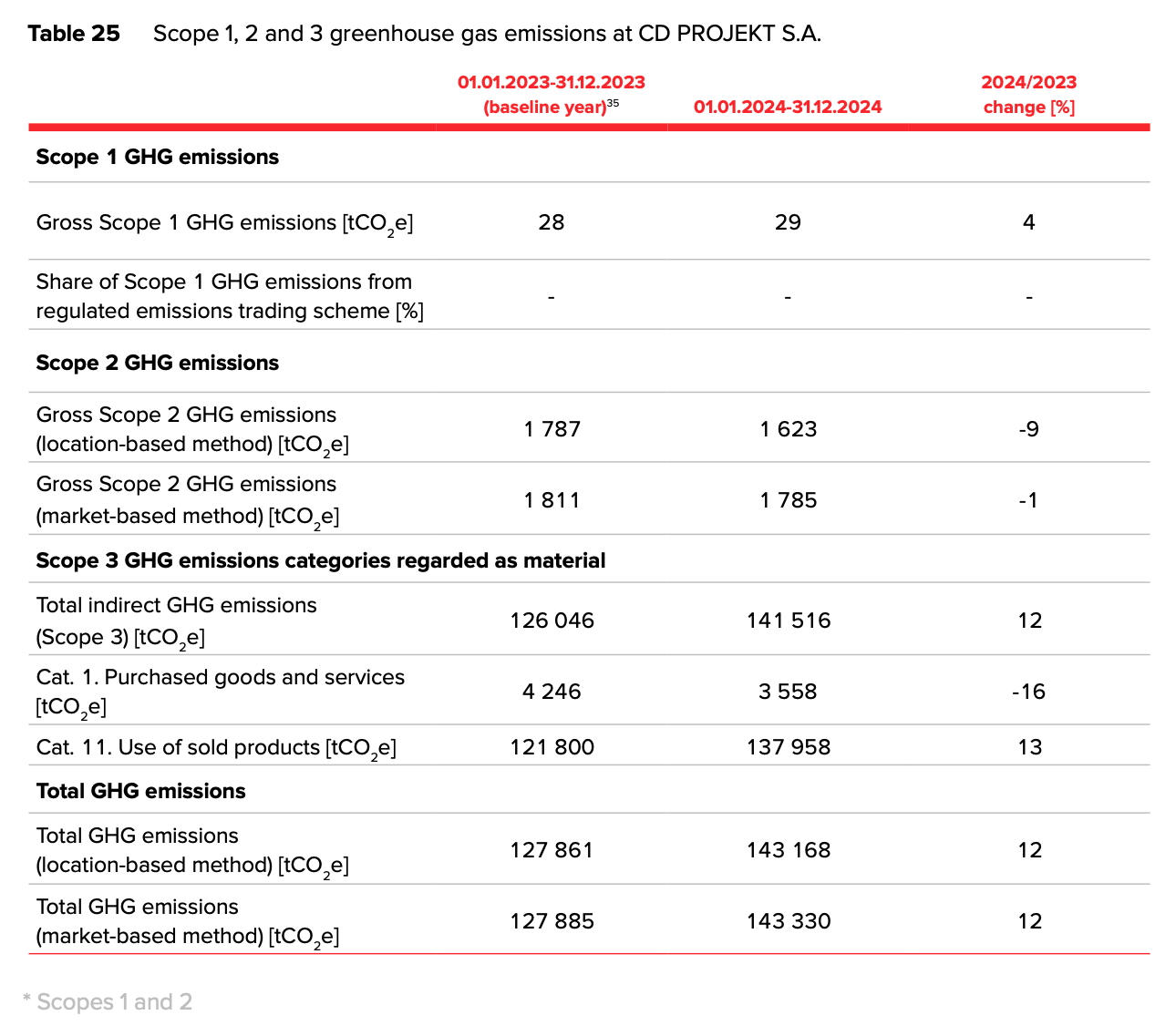
For anyone interested in the social makeup of the game workforce there's a ton more diversity and other metrics which the CSRD now requires, so we'll have more transparency over these aspects of the industry in the future as well. There are dozens more pages to pore over for disclosure sickos like myself, but that'll do for now.
Time for some other links and things that I've been reading...
Microsoft has a new case study of the Call of Duty Eco Mode

Really good piece on what Trump means for climate
The reason for reviewing all this is to make it clear that, terrible as they are, the Trump/Musk climate reversals are not transforming a proactive world into a sleepwalking one; we have been sleepwalking all along. The good news is that the bad news is only slightly more bad. But looking ahead, the key lesson is that it would make no sense to respond to these rollbacks by demanding a restoration of climate policy as of 2024.
An important perspective.

Mobile phone charger efficiency
This wee I’ve been reading about mobile phone charging, power use and monitoring for the upcoming SGA Scope 3.11 standard for mobile end users. A key feature that is going to be important is the efficiency of chargers – and I came across this great bit of work by iFixit (aren’t they fantastic? just an incredible organisation – absolutely nothing but praise for them). It's a series of tests to measure the differences between cable charging and wireless charging of phones. Did you know that wireless charging actually transmits via inducing an AC current in the charging coil? That means you’re not just converting from AC>DC like in a regular power plug, you're switching back and forth multiple times. That’s a lot of mucking about for a little bit of convenience!
Also they have some awesome graphs from their own testing:
The total energy used to fully charge a 12.7Wh battery was 18.25Wh, which means there was a 5.55Wh or 35.9% loss of energy. That’s a lot of waste, and it’s also our best case scenario.

Check out the piece for the full wonky details.

How is Microsoft planning to address its 30% growth in emissions since 2020?
I don't know if I'm convinced that this approach is going to be sufficient. But hey, maybe the AI bubble bursts. Yolo.
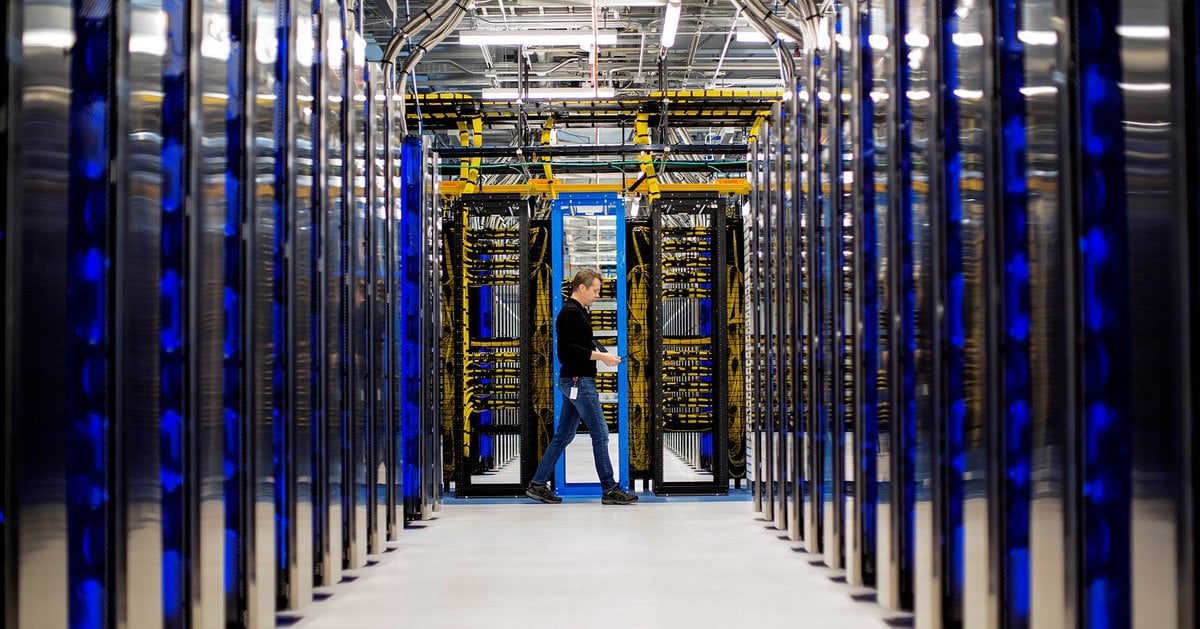
Understanding and Mitigating Webpage Data Bloat: Causes and Preventive Measures
“This paper presents an analysis of 10,000 popular web pages and studies ways to use less data while still retaining the essential content. Our comprehensive analysis reveals the potential for remarkable data savings, amounting to over half of the data currently utilized. This paper highlights a conscientious approach to web page construction towards more environmentally sustainable digital services.”
Check out the full paper [PDF].
Chip manufacturing emissions explorer
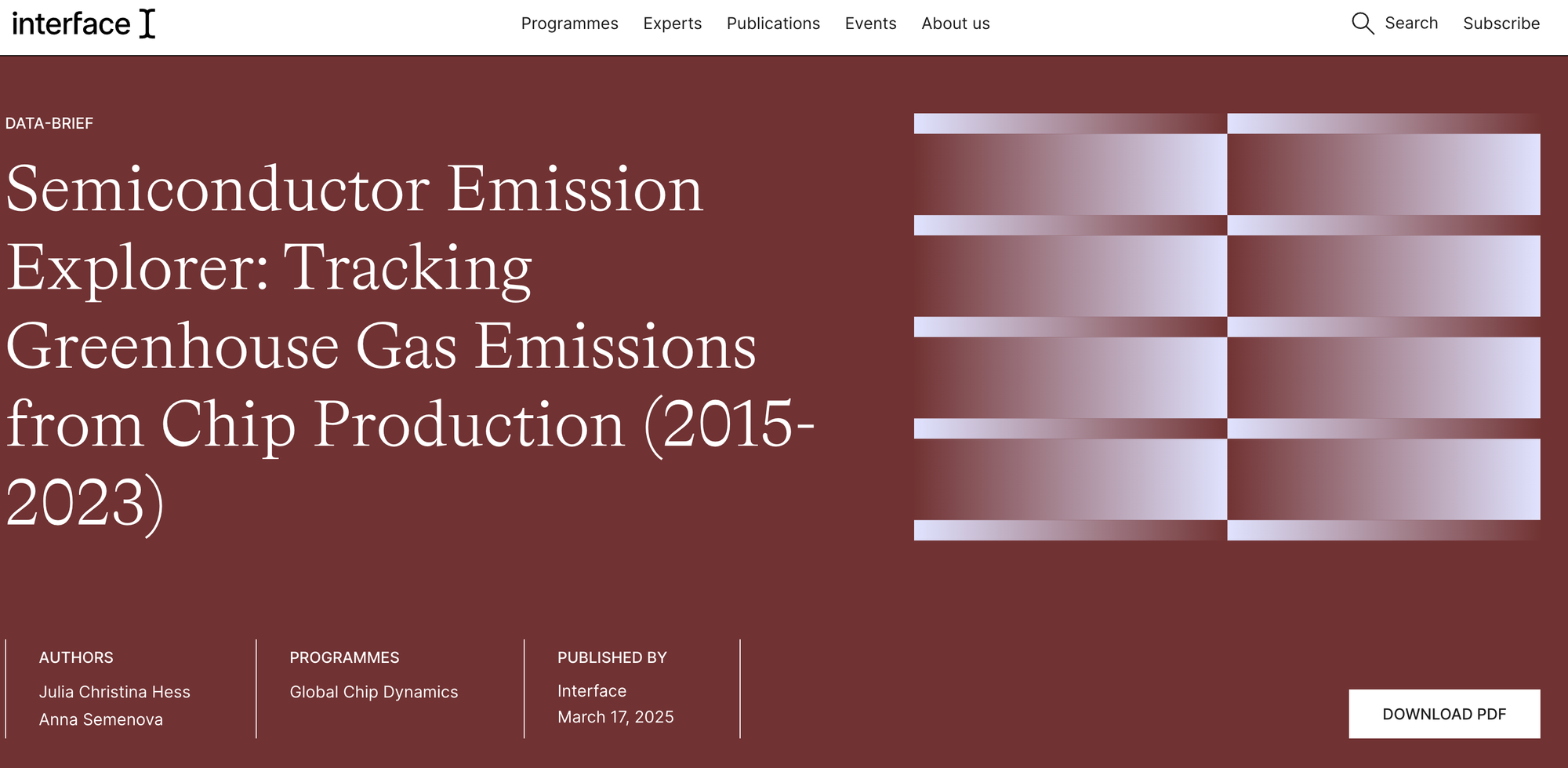
It wouldn't be a day ending in -y if we didn't also have some other report about the environmental impact of either chips or data centres. Check out the new publication here.
Mapping mining impacts via satellite

Projects of transition
This paper develops an analysis of the politics and temporality of infrastructure through a focus on the idea of a project. A project (noun) is an assemblage of expertise, labour, materials and resources. The development of a project to build a port, pipeline, a mine, or a hydropower plant entails the mobilization of ideas, finance, political support and the law, the containment of material forces, as well as the organization of expertise, resources and labour. To project is also a verb; to throw forwards or to imagine, visualize or speculate on a possible future, which may or may not be actualized in practice. Moreover, individual infrastructural projects are often built on the legacy of earlier projects and conceived as contributions to ambitious projections of the future – including modernization, socialism, development and state building. Our analysis of the politics and temporality of projects is both developed and illustrated through an account of infrastructural projects in the Republic of Georgia which are also understood as contributions to a larger project of transition.
https://www.tandfonline.com/doi/full/10.1080/03085147.2024.2364524
Australia’s materiality footprint
Ever wondered what the output of an entire country looked like? Check out that sad, sorry "recycling" line. We're a looooong way off from a circular economy.

https://onlinelibrary.wiley.com/doi/10.1111/jiec.13458
More insulating glass?
WSJ piece on using Gorilla glass for high-performance insulating windows! This will be neat if it makes it to commercial availability.
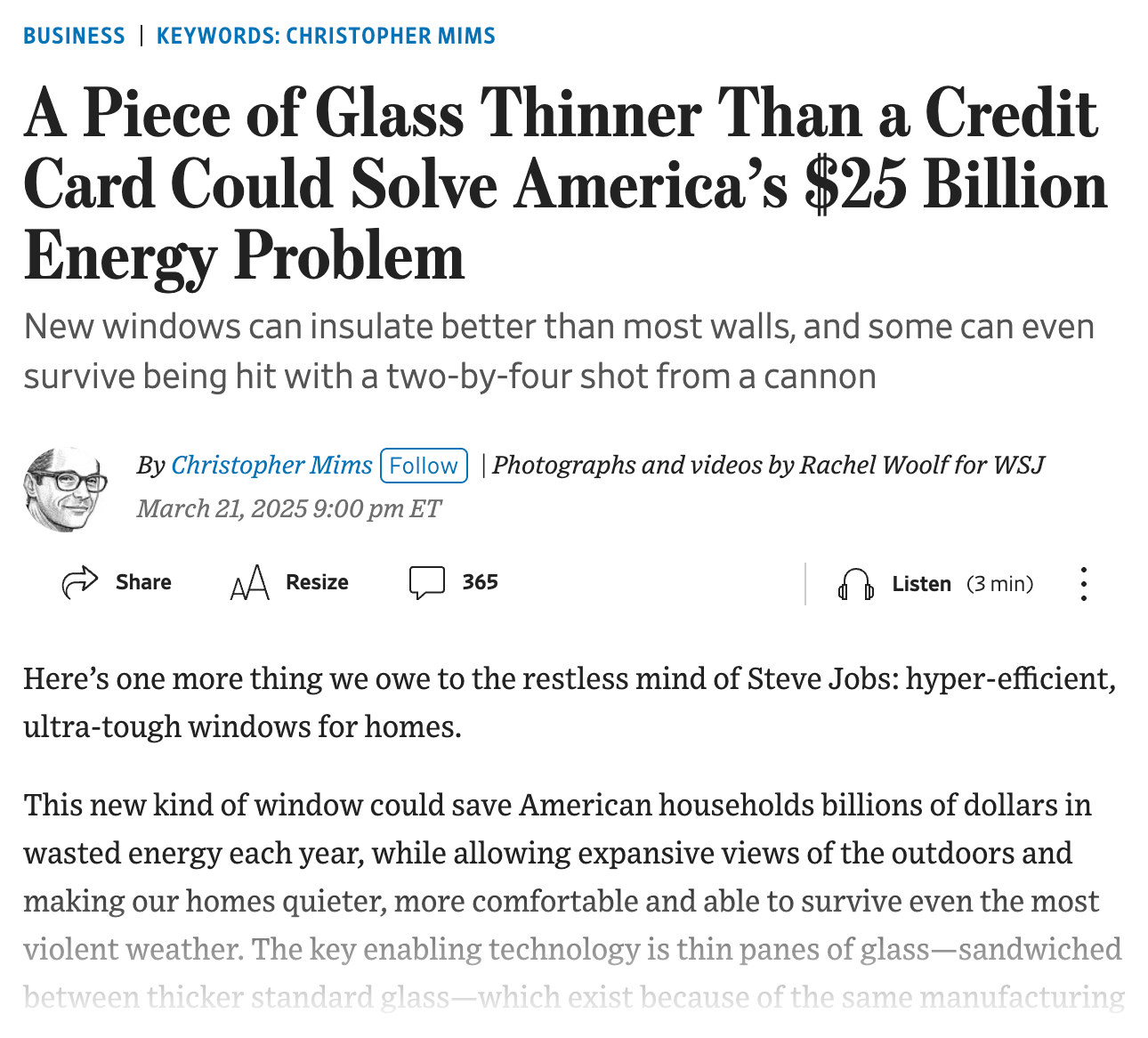
Archive link. Or if you have a WSJ sub.
Climate Ground Zero
This one's real interesting – I came across it entirely by accident, but it's a rant from Alaska about changing winters. Check out some of the top comments from people in similarly arctic latitudes talking about their own reduction in snow cover. It’s well known that higher latitudes are warming faster than anywhere else - but it's pretty wild to see it up close and on-the-ground.
Turning wind turbine blanes into surfboards
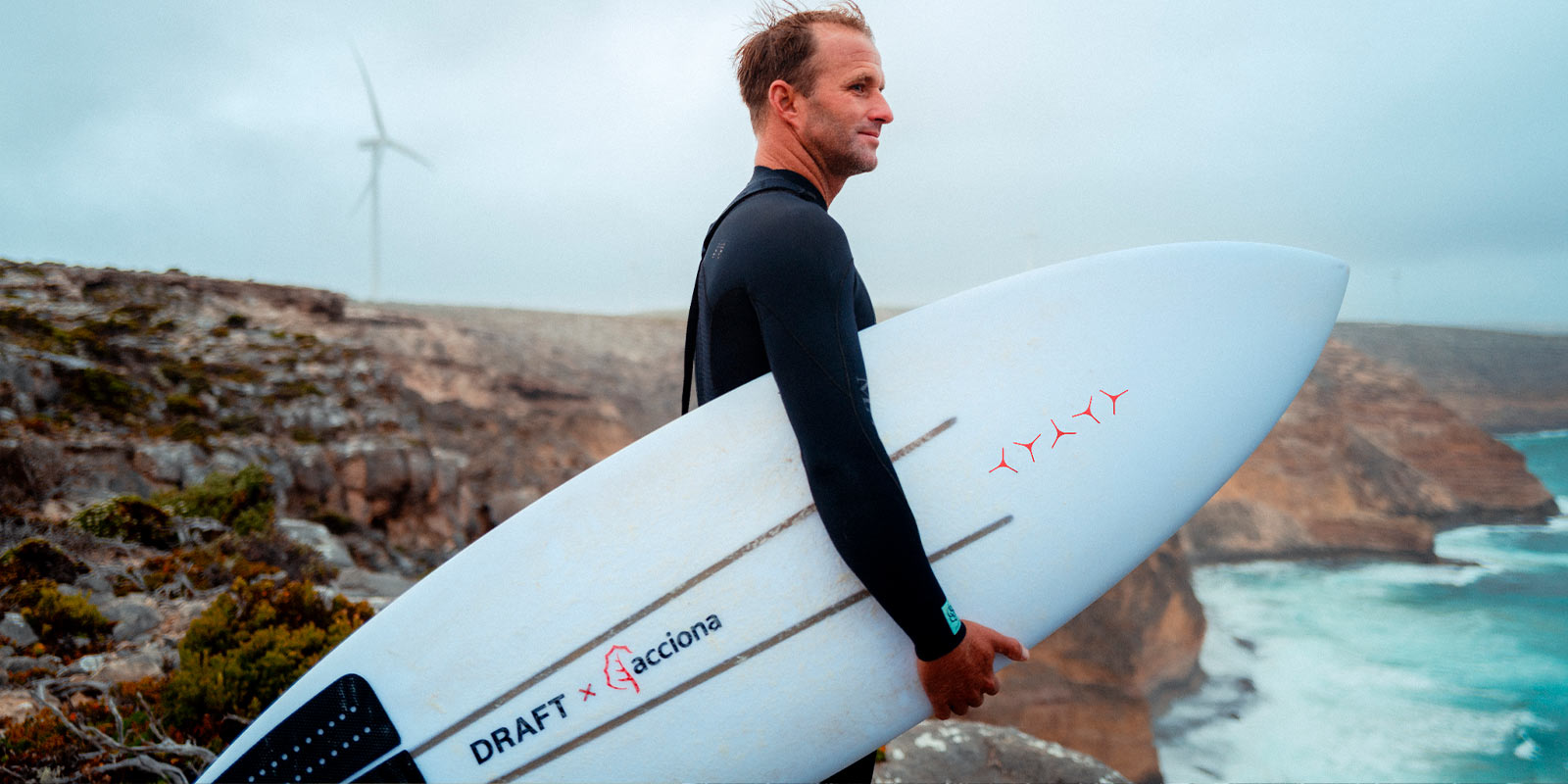
Whales as a carbon solution?
This one is actually a bit of fun – what do whales contribute to the global CO2 balance? Not much, but cool to know!
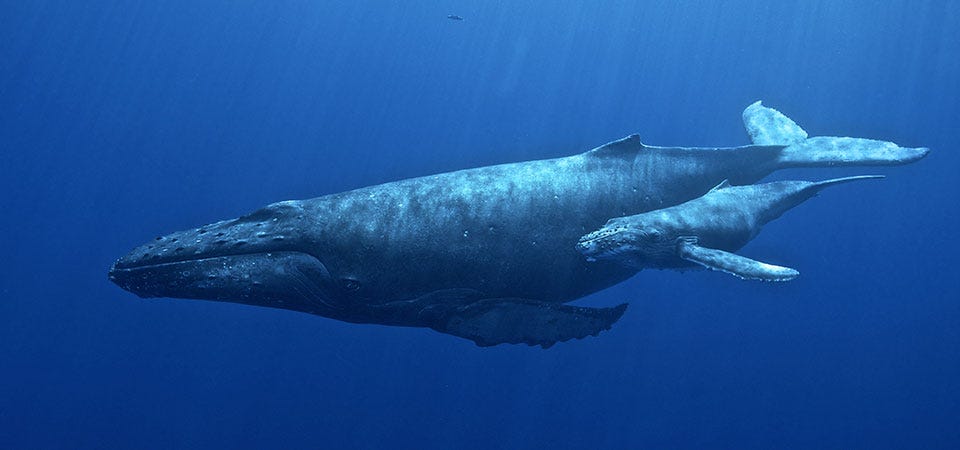
That's all for now – Thanks for reading GTG! Your support helps keep the lights on and keep me motivated.






